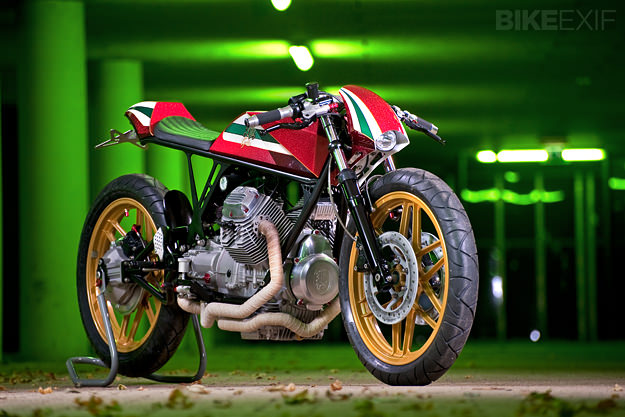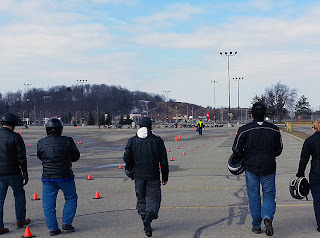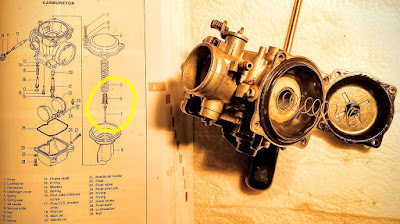I just read a good article in Motorcycle Mojo called, “Building The Perfect Bike.” In the article the author supposed that since no ‘off the rack’ bike fits properly, he would give himself a new bike budget, buy a lightly used machine and create a custom-fit. His exercise made for an interesting process, and he got closer to a custom fit, but it’s still far from a tailored motorbike.
I’ve used Cycle Ergo to great effect when considering off-the-rack bikes for fit,but you have to wonder how long it will be before we migrate from mass-produced, generic machines to personalized/tailored ones. In that future Cycle Ergo two point oh will 3d scan you and get your performance needs and produce a custom machine specifically for you.
My day job is as head of technology at our local high school. My focus there is in information technology and electronics. I work closely with our technology design teacher who has a background in robotics. We’ve both watched the rise of specialized manufacturing with great interest. Our labs have taken on 3d printers, digital routers and five axis digital CnC machines in response to this evolution in manufacturing. The prices on these devices have dropped dramatically over the past few years. It won’t be far off when you’ll be able to custom build parts from scratch for a fraction of what it used to cost.
Computer controlled, small scale manufacturing will radically change our understanding of what have always been industrial scale production processes. I suspect that in the future most of the manufacturing process will decentralize from factories and into regional shops that can produce customization on a scale unimaginable to 20th Century industrialists.
Some of the very high end motorcycle manufacturers are already embracing the idea of tailoring a machine to the rider. Even a tiny volume manufacturer like Brough Superior can now consider machining all its own pieces in response to individual customer demand. As the costs of personalized machining come down, the idea of a tailored motorbike will become the standard rather than the exception.
 |
| When you can cut your own pieces, you can build your imagination. |
One of the unseen hands that is encouraging the latest surge in the customized motorcycle scene is access to machining and manufacturing processes that used to only make sense in thousand plus unit runs. You can build an astonishingly well built customized machine nowadays because you can build the bits you need for it to your own specifications. Custom builders are a step toward truly individualized production.
Rather than plugging my dimensions into a database of bikes, one day soon I’ll be plugging my dimensions and performance needs into a blank template and watching the perfect bike form around me. The seat would be designed for my backside, the handlebar grips built to fit my hands. The system would then CAD/CAM out all the parts and custom produce everything from the frame to engine components, all to my specific needs. The distinction between OEM and aftermarket will disappear, there will only be builders.
Now *that* would be a perfectly tailored bike!
























